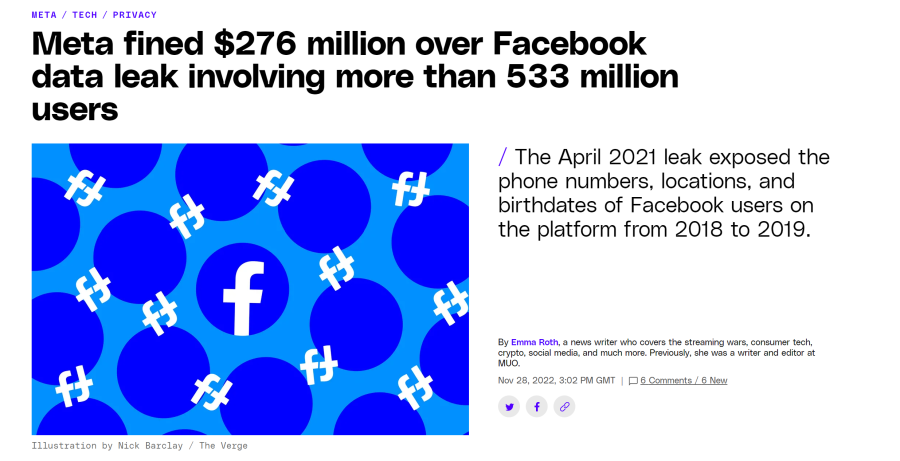Walter Lippmann ‘refers to the management of public opinion’ (Oxford reference) by using the phrase ‘manufacturing consent’. Manufacturing consent can entail many things but for me it highlights one thing in particular that it relates to in the modern day – social media consent.
Manufacturing consent also relates to Herman and Chomsky’s propaganda model’s filter of ownership. This is due to the fact that when you freely post independent content to social media, the platform which you post it to immediately owns it the second you post it. Whenever you use social media you are giving up your ownership of your own content. If social media platforms wished to use someone’s content on a public billboard, legally they would be able to do it without having to pay the owner as it was posted onto their platform.
As well as content, social media platforms have access to users personal data which they can use to send emails about the platform to users. However, some social media platforms take it upon themselves to take advantage of the data they have access to and sometimes illegally sell the data to third platforms for advertising. Sometimes during this process leaks can happen. In April 2021, Meta was ‘fined $276 million over Facebook data leak involving more than 533 million users’ (Roth, 2022). The data included ‘phone numbers, locations, and birthdates of Facebook users on the platform from 2018 to 2019.’ (Roth, 2022). Following on from this, the DPC started the investigation which looked into whether ‘Facebook complied with Europe’s General Data Protection Regulation (GDPR) laws’ (Roth, 2022). The GDPR laws are laws in place which are meant to protect people’s data from being misused.
Another of Herman and Chomsky’s propaganda model filters (Durham and Kellner, 2006) talk about advertising. The filter states how advertising has become by far the most important form of revenue for the media. Although this may be the case, it still does not make it ok for Meta to breach laws and put users’ data at risk. The filter states how the media are interested in attracting audiences with buying power which means that the whole aim of an advert is to convince audiences to feel the need to spend their money on things after they have seen an advert.
Adverts can be seen on TV, social media, on billboards and in newspapers. The more places an advert is put up the more people will see it and the more times the same people will see the advert. Seeing an advert once would not be compelling enough to convince people to buy something hence why it is essential for it to be seen multiple times in order to higher the chances of people acting on what they have seen and spending their money on it. Adverts are also expensive so making profits in sales to make back the money spent on the advert is essential as well.
Reference list:
- Oxford reference
- Roth, E., (2022) Meta fined $276 million over Facebook data leak involving more than 533 million users. The Verge
- Durham, M.G. and Kellner, D.M., (2006) Media and cultural studies: keyworks.

